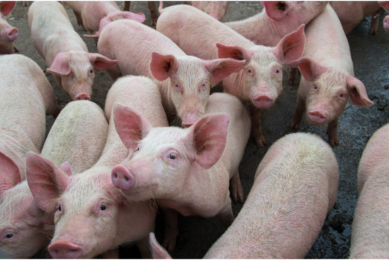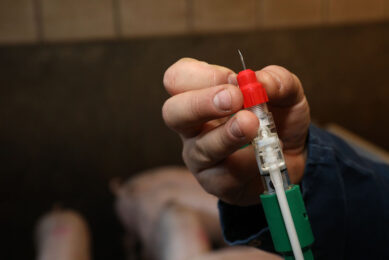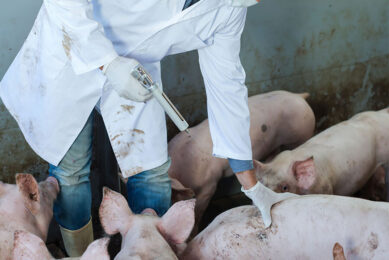Behaviour of HP-PRRS in Vietnam surprises veterinarians
Asian scientists are puzzled to explain local differences in occurrence of highly pathogenic PRRS (HP-PRRS) strains in several regions in South East Asia, delegates learnt at this week’s Asian Pig Veterinary Society (APVS) Congress in Pattaya, Thailand.
Dr Nguyen Tung, attached to the Vietnamese National Center for Veterinary Diagnosis in Hanoi, explained his audience about the observing and analysis of highly pathogenic Porcine Reproductive and Respiratory Syndrome (HP-PRRS) in Vietnam and its neighbouring countries Laos and Cambodia.
Tung explained that since its first occurrence in March 2007, essentially two strains of HP-PRRS have been observed: one therefore was called the 2007 virus and the other, as it struck last year, the 2010 virus. Outbreaks in 2008 and 2009 were less severe and turned out to be varieties of the 2010 virus.
North and South
Tung said he and his team found that in Southern Vietnam and neighbouring Cambodia, both strains can still be found – the 2007 and 2010 type coexist.
Oddly enough, in Northern Vietnam and neighbouring Laos, the 2007 strain appears to have completely disappeared. Tung indicated he did not yet know the reason for this difference.
In the APVS Congress’ parallel sessions delegates suggested that perhaps climate could have an effect, since North and South Vietnam are hundreds of kilometres apart.
HP-PRRS is identified by being atypical as the virus has an unique 30 amino acid deletion in non-structural protein (NSP) 2 – although this does not seem to cause its virulence.
Swine High Fever Disease
Among scientists there is discussion whether HP-PRRS alone was the major cause of e.g. Swine High Fever Disease, which ravaged the Chinese pig industry in 2006 onwards, or whether co-infection by other pathogens may be a more logical explanation.
A paper presented by Dr Michihiro Takagi (Japan) talked about a trial to recreate clinical signs and rapid mortality associated with HP-PRRS in pathogen-free pigs. Clinical signs could be reproduced, but all but one pigs stayed alive.
Related website:
• Asian Pig Veterinary Society (APVS) Congress











